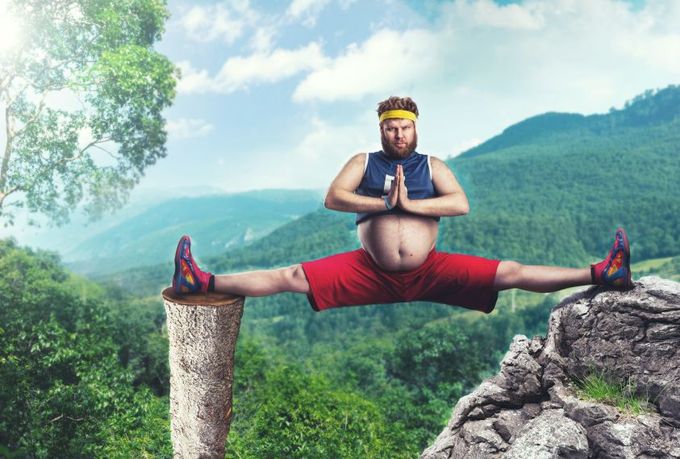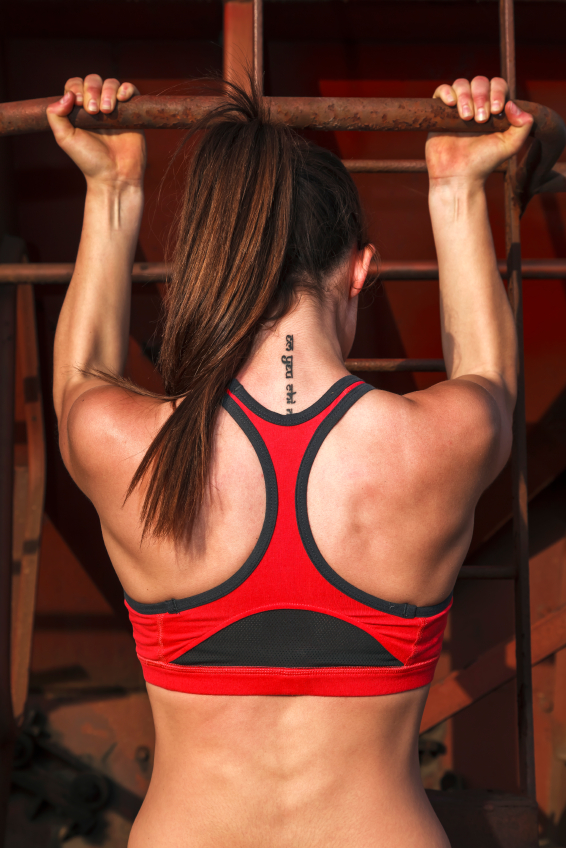Rock climbing is a demanding sport that requires great mental focus coupled with powerful physical strength. The world’s best climbers condition themselves to tackle the toughest routes because they know they’ve got to trust their bodies when they’re hanging off a mountain, hundreds of meters above the ground, by just their finger tips.
Rock climbing requires full body fitness, from upper body and core strength to suppleness, flexibility and a firm grip, so any workout session will always be varied and challenging.
The great thing about training for rock climbing is that you don’t have to have an expensive gym membership or a tonne of complicated equipment.
Rock climbing is about learning to move your bodyweight as efficiently as possible so the most important piece of equipment for any rock climbing gym workout your own body, which means you can train almost anywhere.









